
School of Psychology - Georgia Institute of Technology
Overview
The GT Sonification Lab is studying how to make games and sports more accessible to people with disabilities. This includes being a spectator, as well as an active participant! We are partners in the Games @ Georgia Tech Initiative.
We have several Accessible Games and Sports projects underway.
STEM Graph Teaching Games
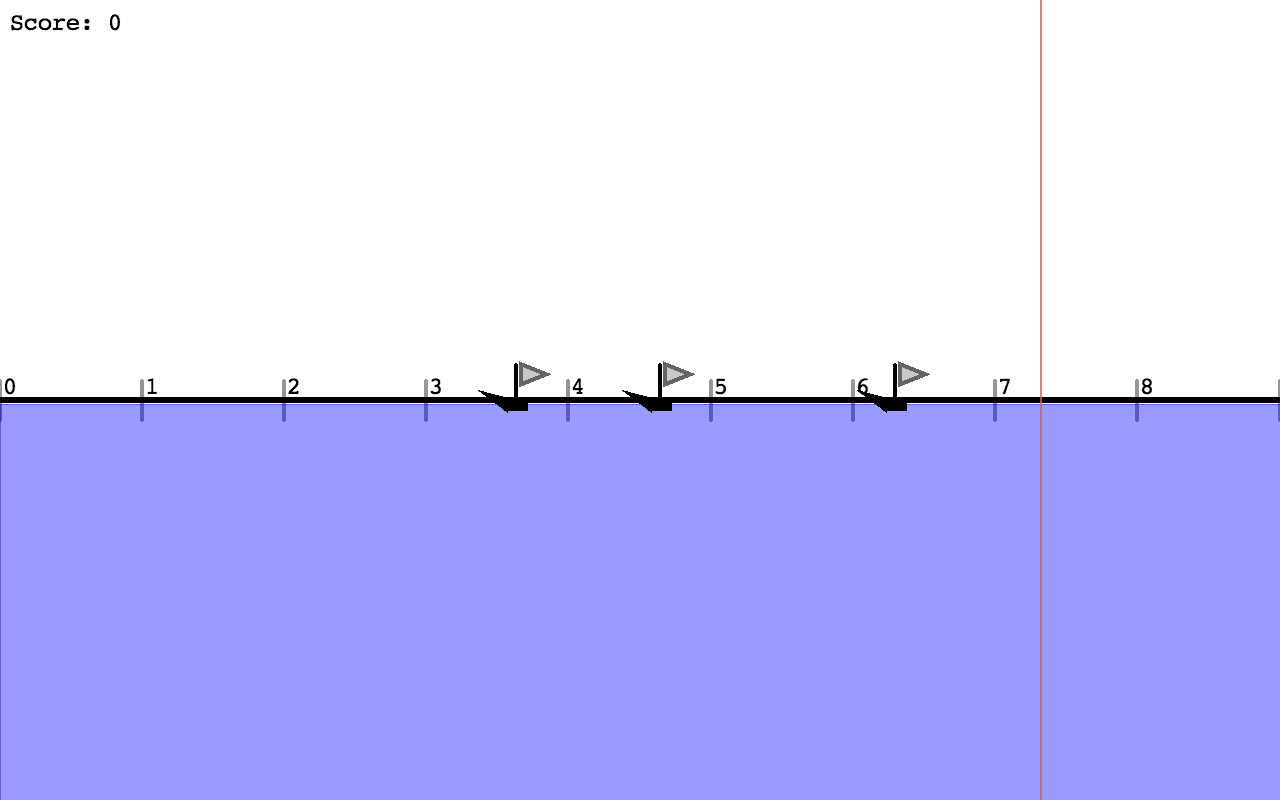 We use games to teach students who are blind or have low-vision about number lines and x,y graphs. The "Navy Game" is an example of an audio game (actually, multimodal) in which the player uses sound cues to locate and sink ships moving across the screen. This game also teaches blind players to use the mouse, which is rarely part of their computer usage experience, but which can be really useful in STEM applications.
We use games to teach students who are blind or have low-vision about number lines and x,y graphs. The "Navy Game" is an example of an audio game (actually, multimodal) in which the player uses sound cues to locate and sink ships moving across the screen. This game also teaches blind players to use the mouse, which is rarely part of their computer usage experience, but which can be really useful in STEM applications.
Student Researchers: Benjamin Davison, Denise Chew, Ashley Henry
Aquarium Fugue
Students with vision loss
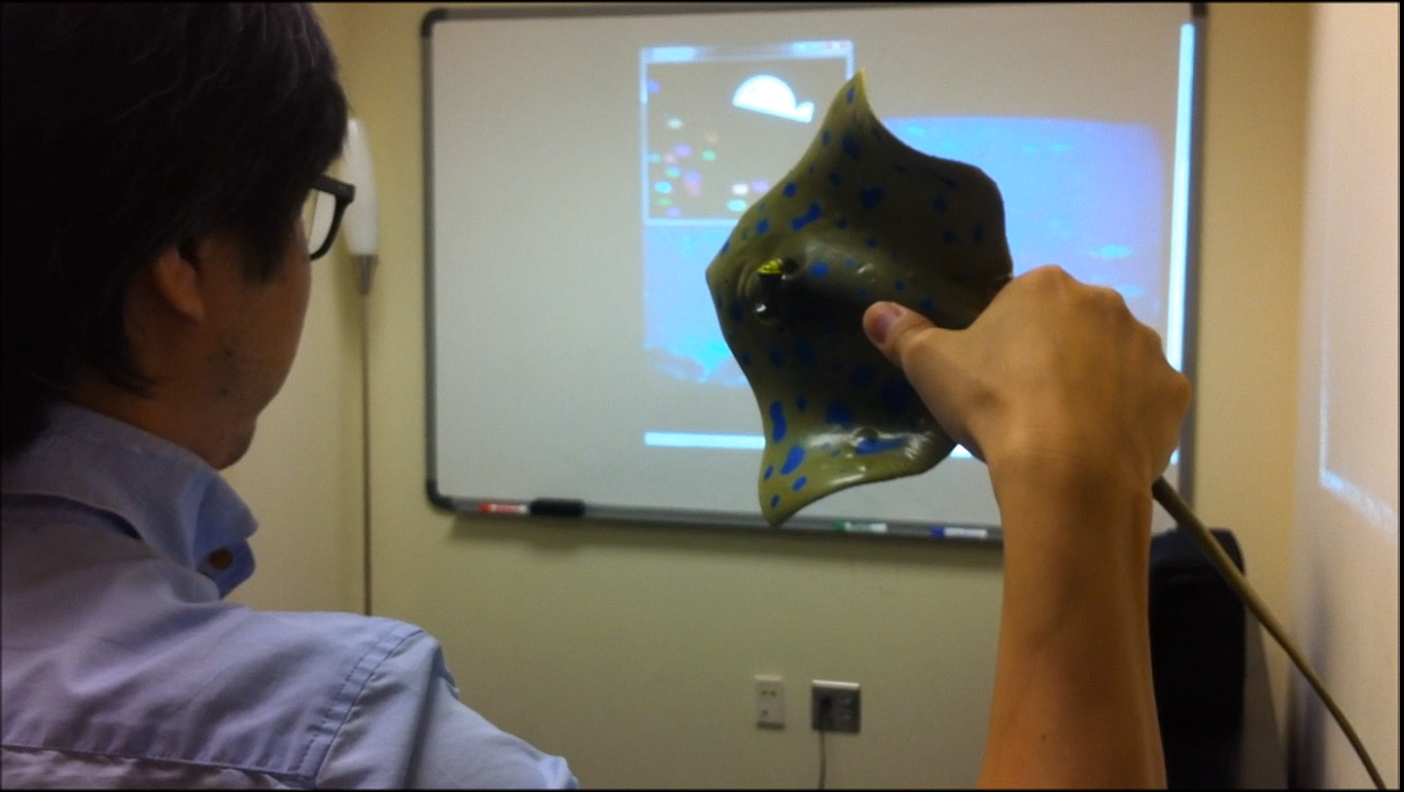 have great challenges in participating in informal learning environments like museums, aquariums, and science centers.
We have had a long-running research program called the Accessible Aquarium Project aimed at interpreting the action in a dynamic exhibit into sounds (speech, nonspeech, music), so blind visitors can understand what is happening.
have great challenges in participating in informal learning environments like museums, aquariums, and science centers.
We have had a long-running research program called the Accessible Aquarium Project aimed at interpreting the action in a dynamic exhibit into sounds (speech, nonspeech, music), so blind visitors can understand what is happening.
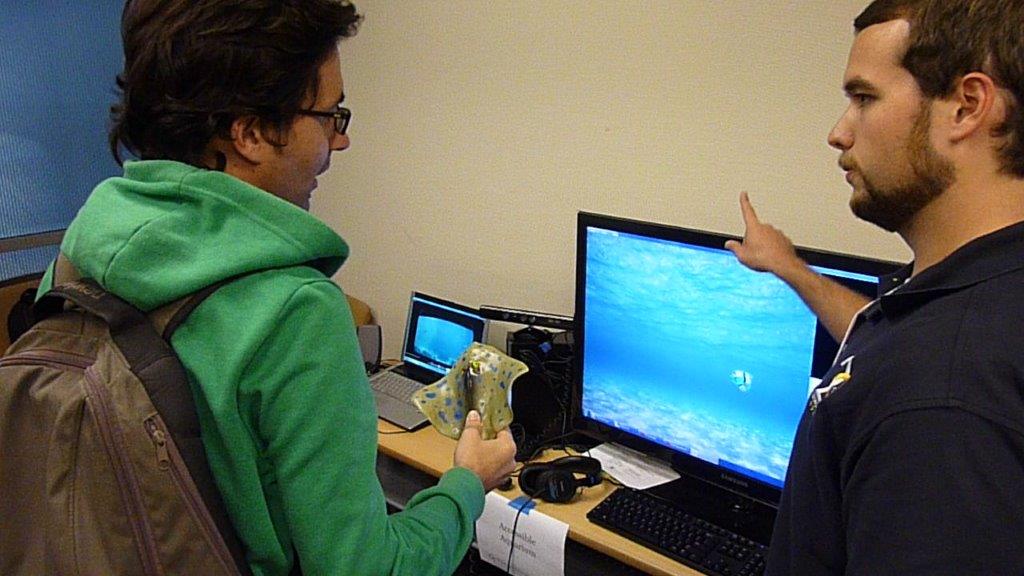 More recently, we have extended this project to an interactive Kinect-based game called "Aquarium Fugue", that allows players to listen to sounds and music generated by fish movements, and in turn move their own bodies and fish models to create their own components to the musical fugue.
More recently, we have extended this project to an interactive Kinect-based game called "Aquarium Fugue", that allows players to listen to sounds and music generated by fish movements, and in turn move their own bodies and fish models to create their own components to the musical fugue.
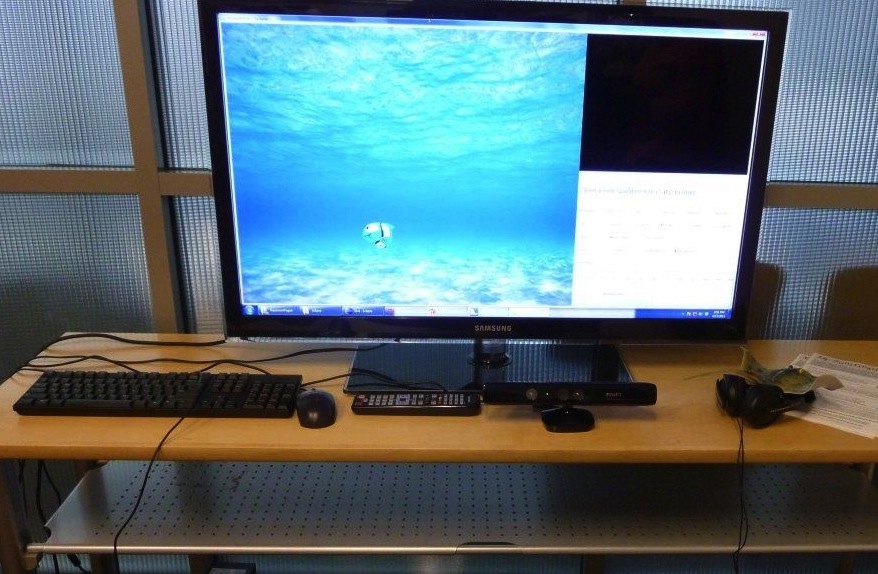
Student Researchers: Riley Winton, Ashley Henry, Carrie Bruce, Sanghun Oh
Audio "Lemonade Stand"
We help teach STEM concepts
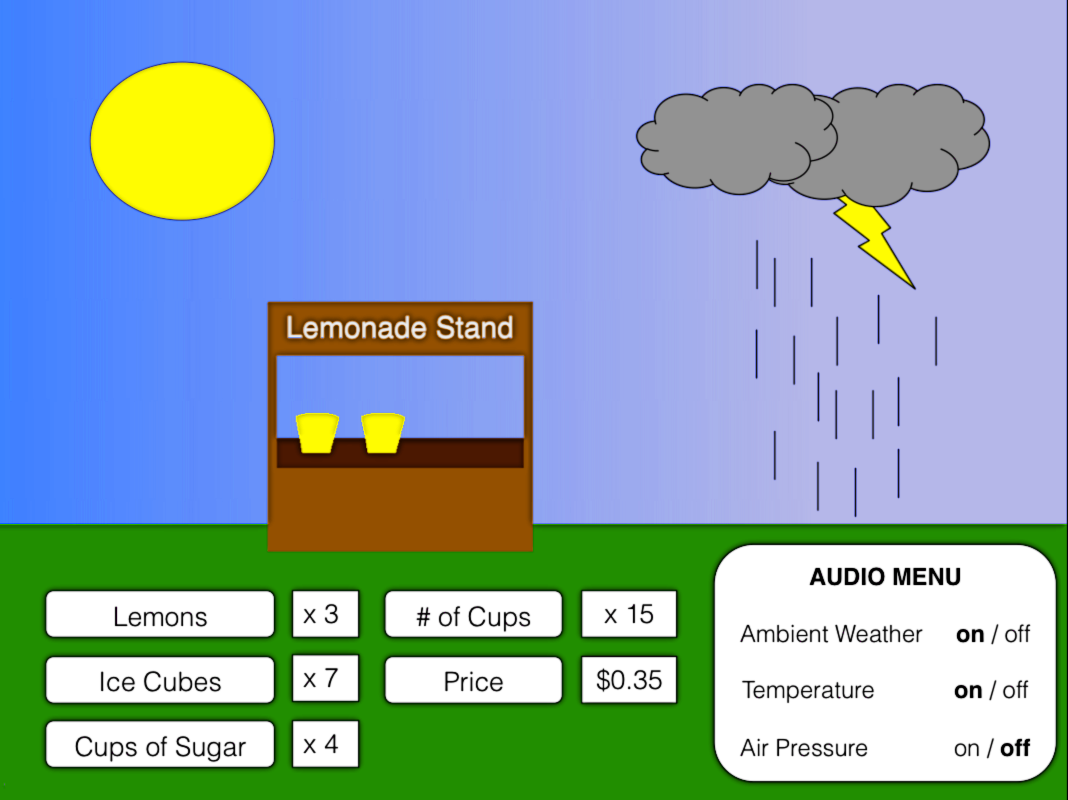 with an audio-enabled version of Lemonade Stand, in which (visually impaired) players need to manage a juice shop, factoring in weather, prices of ingredients, and demand due to events like parades and ball games. The data are pulled directly from real-world sources, and players can play as if they are in various cities around the world. This educational game helps teach players to listen to auditorily-presented data, which is directly applicable to STEM education.
with an audio-enabled version of Lemonade Stand, in which (visually impaired) players need to manage a juice shop, factoring in weather, prices of ingredients, and demand due to events like parades and ball games. The data are pulled directly from real-world sources, and players can play as if they are in various cities around the world. This educational game helps teach players to listen to auditorily-presented data, which is directly applicable to STEM education.
Student Researchers: Jonathan Schuett, Jared Batterman
Accessible Fantasy Sports
Many people who are blind or have low vision
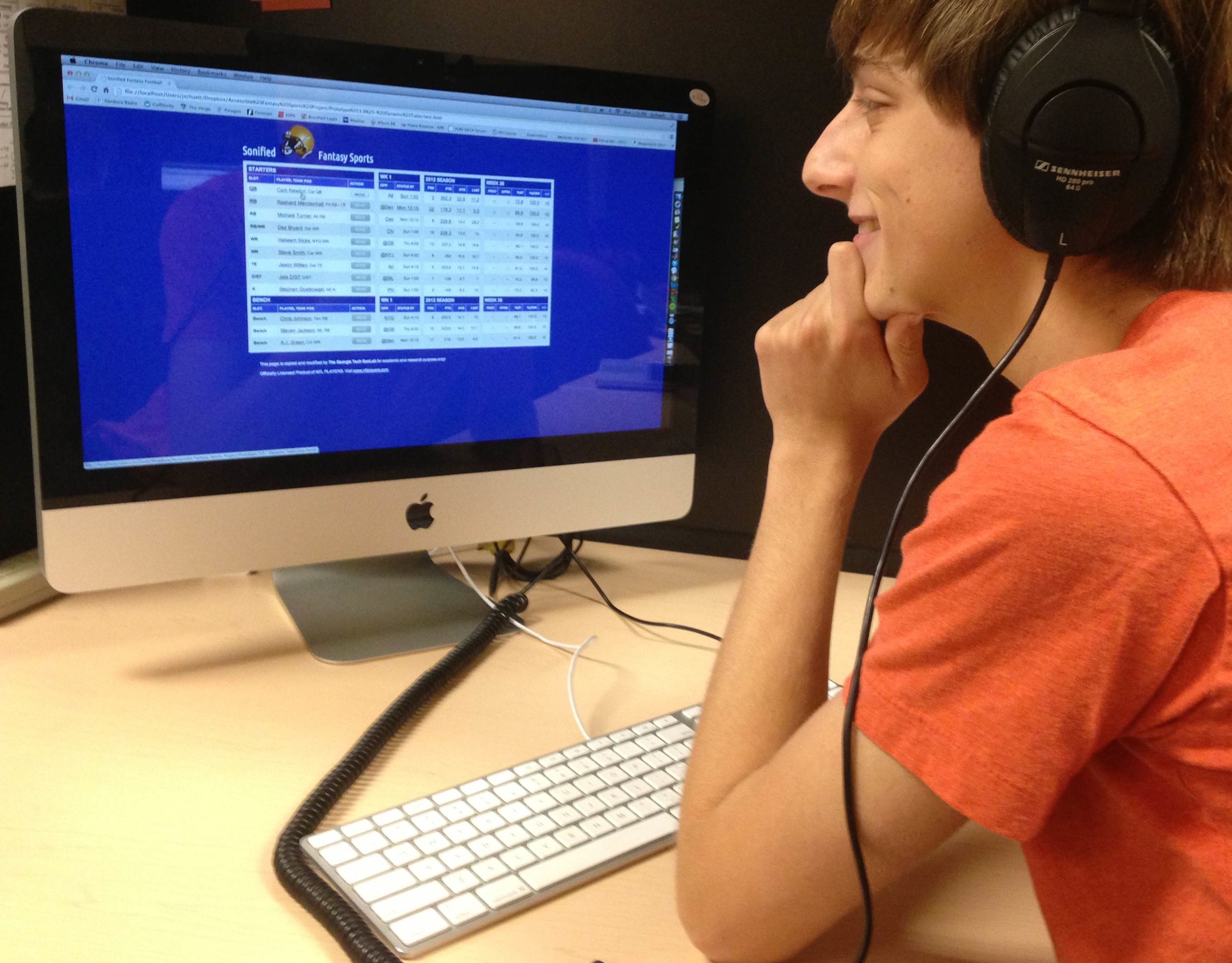 enjoy both playing and "watching" sports like baseball, soccer, and football. Many are huge fans, and carefully follow every move of their favorite players and teams. Unfortunately, playing fantasy sports (e.g., fantasy football) has been frustrating or impossible, since there have been no accessible fantasy sports interfaces.
enjoy both playing and "watching" sports like baseball, soccer, and football. Many are huge fans, and carefully follow every move of their favorite players and teams. Unfortunately, playing fantasy sports (e.g., fantasy football) has been frustrating or impossible, since there have been no accessible fantasy sports interfaces.
We
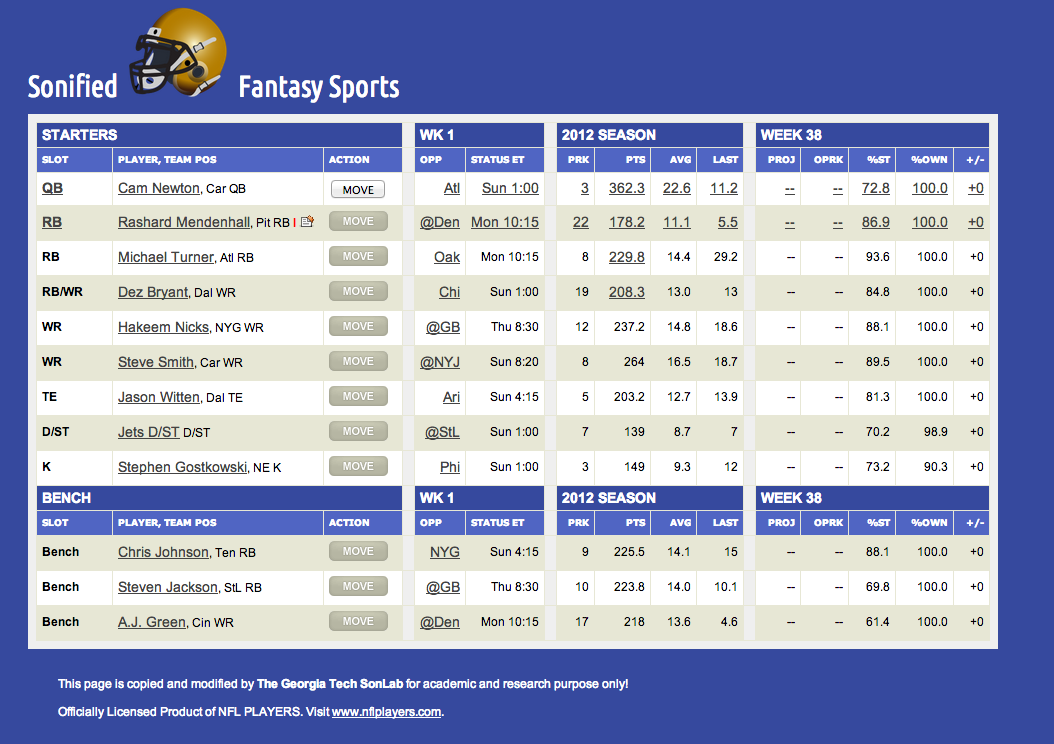 have developed an Accessible Fantasy Football website, and have sighted, blind and low-vision fans playing all against each other.
have developed an Accessible Fantasy Football website, and have sighted, blind and low-vision fans playing all against each other.
Student Researchers: Jared Batterman, Jonathan Schuett, Brandon Conway, Yash Kshirsagar
Middie Mercury
 We have developed a computer application for relaxation that is based on MIDI music generation following users' actions with a simulated drop of mercury. Our work is an attempt to address the problem of stress, which is a very important issue of modern lifestyle. Both music and hand-held video games have been shown to reduce the stress by being an "interactive distraction".
In order to maintain a necessary degree of interactiveness, the sound generated by Middie Mercury follows actions taken by the user. It requires an automatic music generation from user movements. This problem can be viewed as belonging to domain of computational creativity.
We have developed a computer application for relaxation that is based on MIDI music generation following users' actions with a simulated drop of mercury. Our work is an attempt to address the problem of stress, which is a very important issue of modern lifestyle. Both music and hand-held video games have been shown to reduce the stress by being an "interactive distraction".
In order to maintain a necessary degree of interactiveness, the sound generated by Middie Mercury follows actions taken by the user. It requires an automatic music generation from user movements. This problem can be viewed as belonging to domain of computational creativity.
Middie Mercury is designed as a tablet-based app, to encourage finger-based interaction. However, to get a feel for it, you can try out the online version of Middie Mercury (in a new window). When the page loads, move the mouse around and click in and around the blue "liquid", and listen to how the music changes. Note that performance is not as fast on the online demo version. You can also check out the demo video, below...
Student Researchers: Ramitha Chitloor
People
Jonathan Schuett
Jared Batterman
Ramitha Chitloor
Ashley Henry
Riley Winton
Carrie Bruce
Benjamin Davison
Publications Relating to the Research
(See the Publications page for all Sonification Lab publications.)
Acknowledgments
This research has been supported, in part, by grants from the National Science Foundation (NSF), Centrafuse, Panasonic Automotive Systems of America, and Toyota Research. Any opinions, findings, and conclusions or recommendations expressed in this material are those of the author(s) and do not necessarily reflect the views of the funding agencies or sponsors.
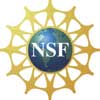
Contact Us:
Georgia Tech Sonification Lab
Bruce Walker